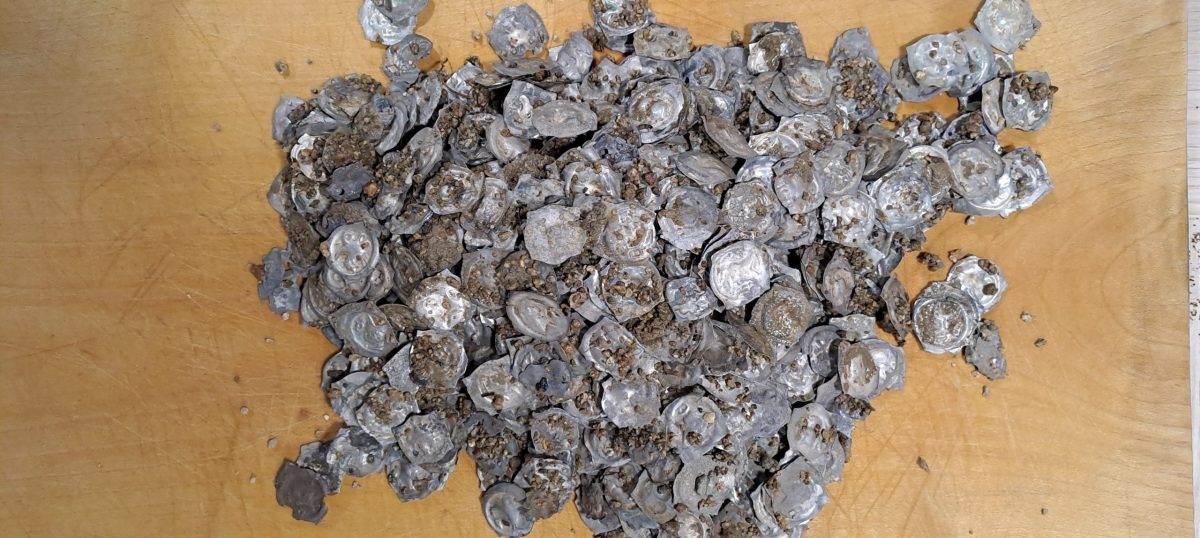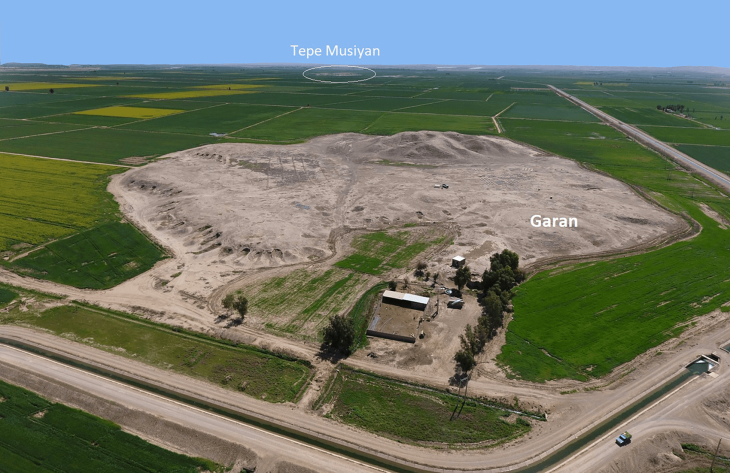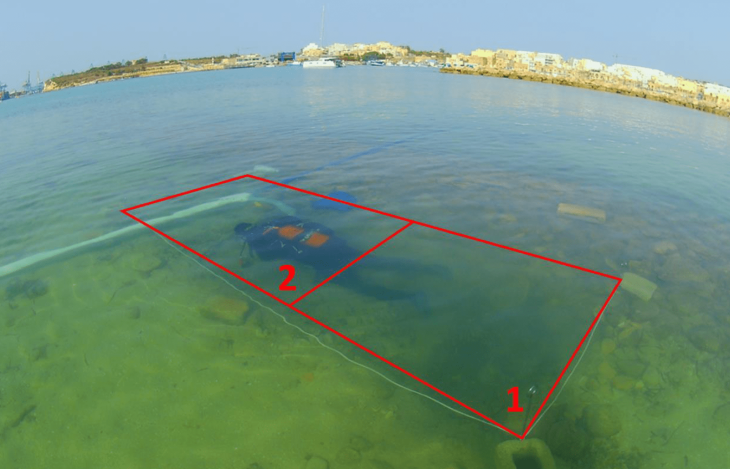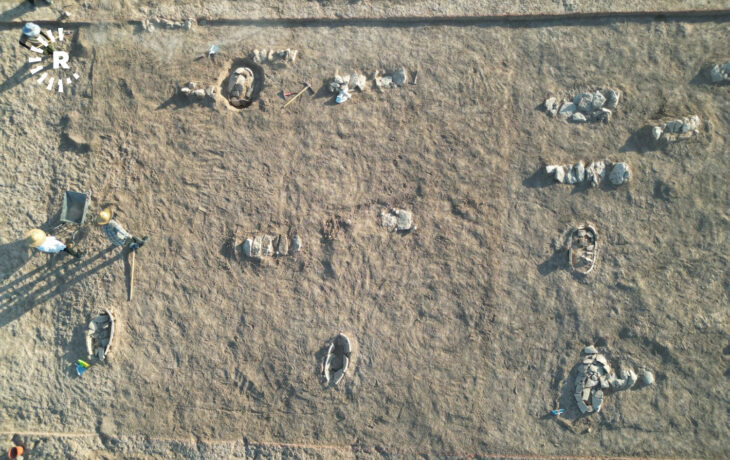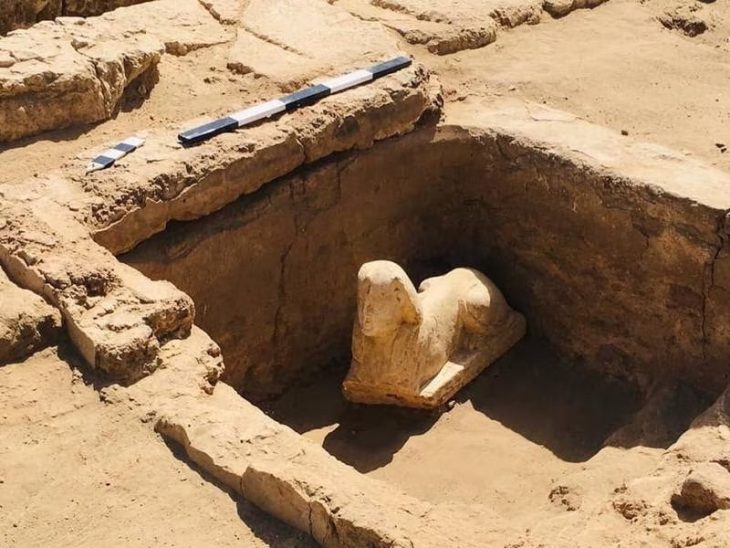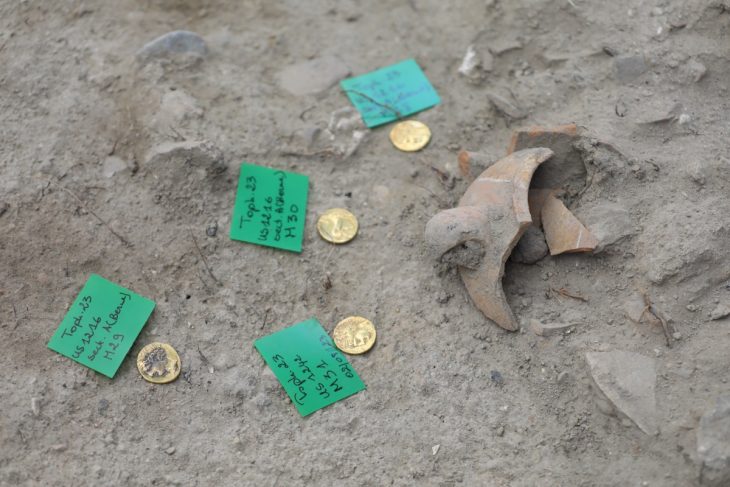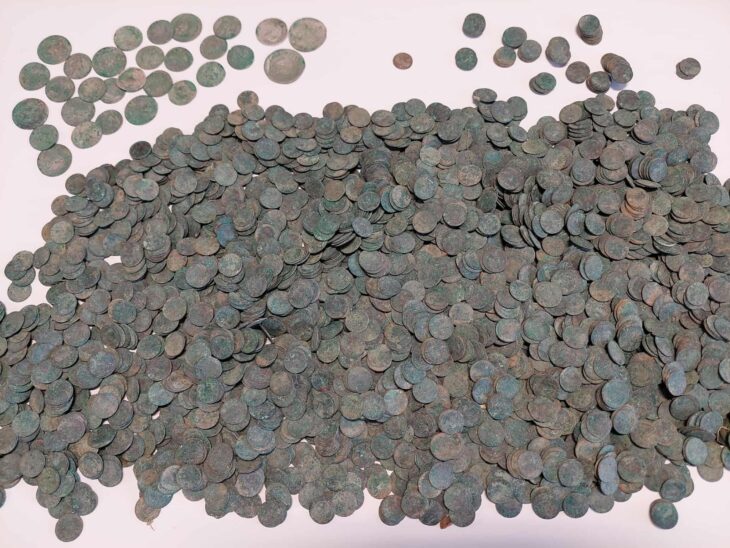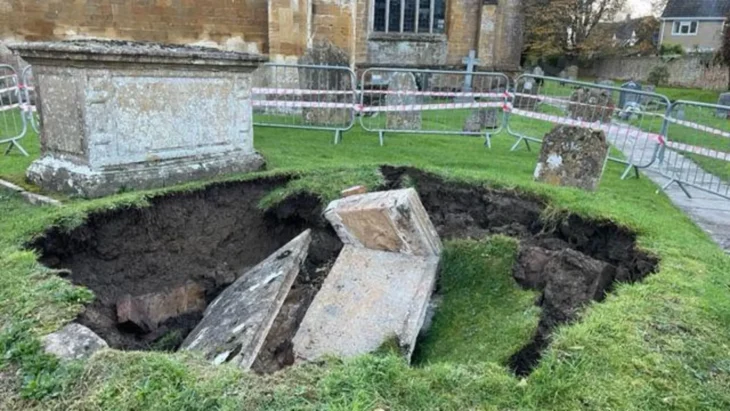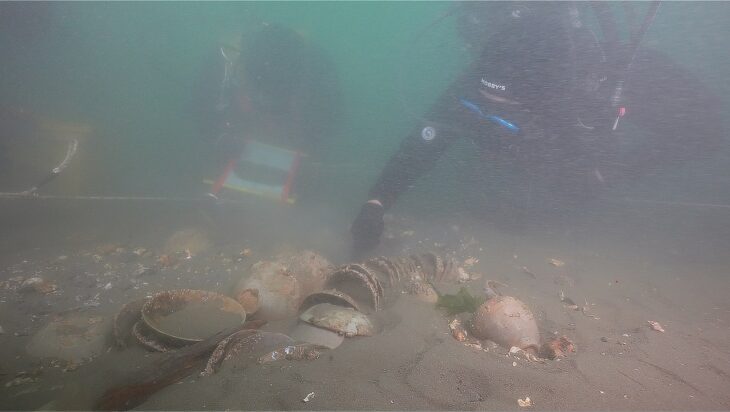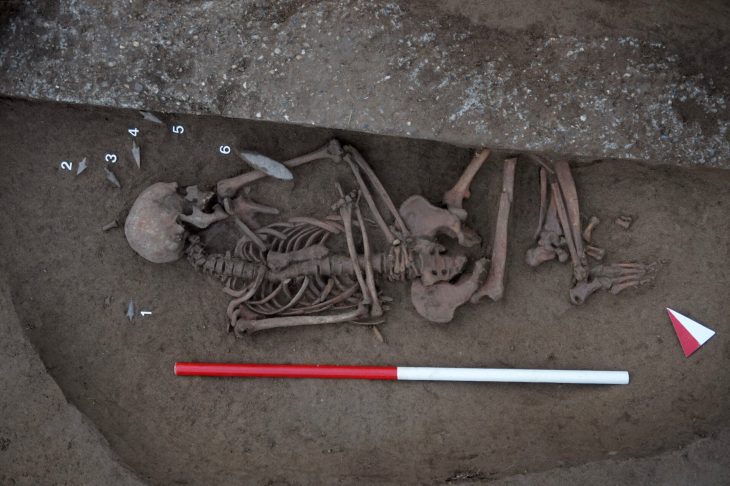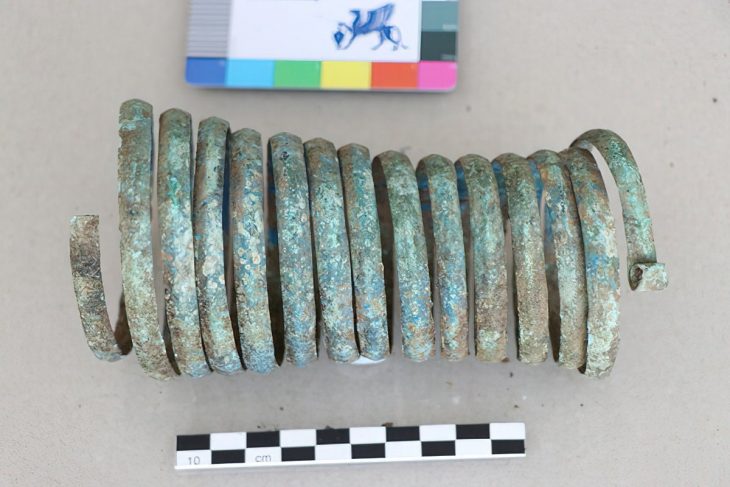Archaeologists have unearthed one of the largest medieval coin hoards, consisting of approximately 1,600 coins, in recent years in the village of Glottertal in the Breisgau-Hochschwarzwald region of Germany.
This remarkable discovery provides a unique window into the economic activities of Europe in the fourteenth century and illuminates the minting industry, silver trade, and wider circulation of money in Breisgau.
According to a press statement issued by the State Office for Monument Preservation in the Stuttgart Regional Council, the hoard was unearthed during construction works while excavating a trench.
The treasure was discovered by Claus Völker, a local citizen who was assisting with the laying of a pipeline near the village swimming pool in early May 2024, records a press release.
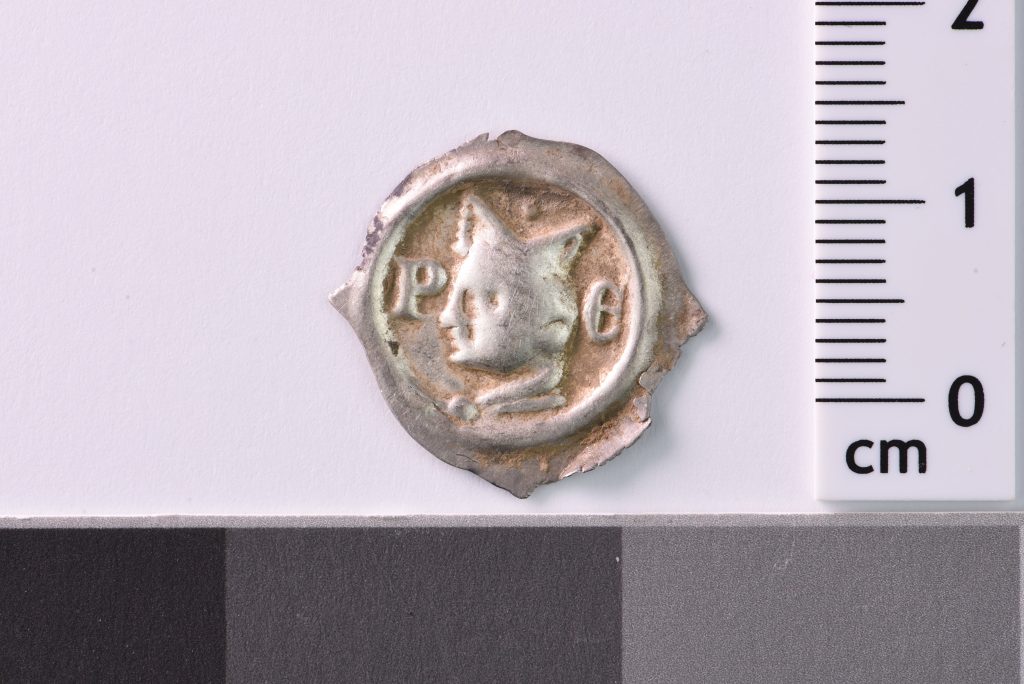
Völker caught sight of what he initially described as “small metal plates” within the excavation. He reported the discovery to the Stuttgart Regional Council’s State Office for Monument Preservation (LAD) as soon as he realized the objects’ possible significance. The same day, Völker and LAD archaeologists visited the site the same day to recover the coins and discovered a whopping 1000 coins.
📣 Our WhatsApp channel is now LIVE! Stay up-to-date with the latest news and updates, just click here to follow us on WhatsApp and never miss a thing!!
At the same time, three detectors certified by the LAD were assigned to search for the loot. The interior of the trench became a knee-deep quagmire due to bad weather, but the determined researchers managed to find an additional 600 coins in the small window that was open to them.
Initial examination and cleaning of the coins indicated where they came from. The bulk of the coins, according to LAD archaeologist Andreas Haasis-Berner, were struck circa 1320 and originated from a number of well-known mints, including Breisach, Zofingen, and Freiburg. There were also coins from Colmar, Laufenburg, Zurich, Basel, and St. Gallen.
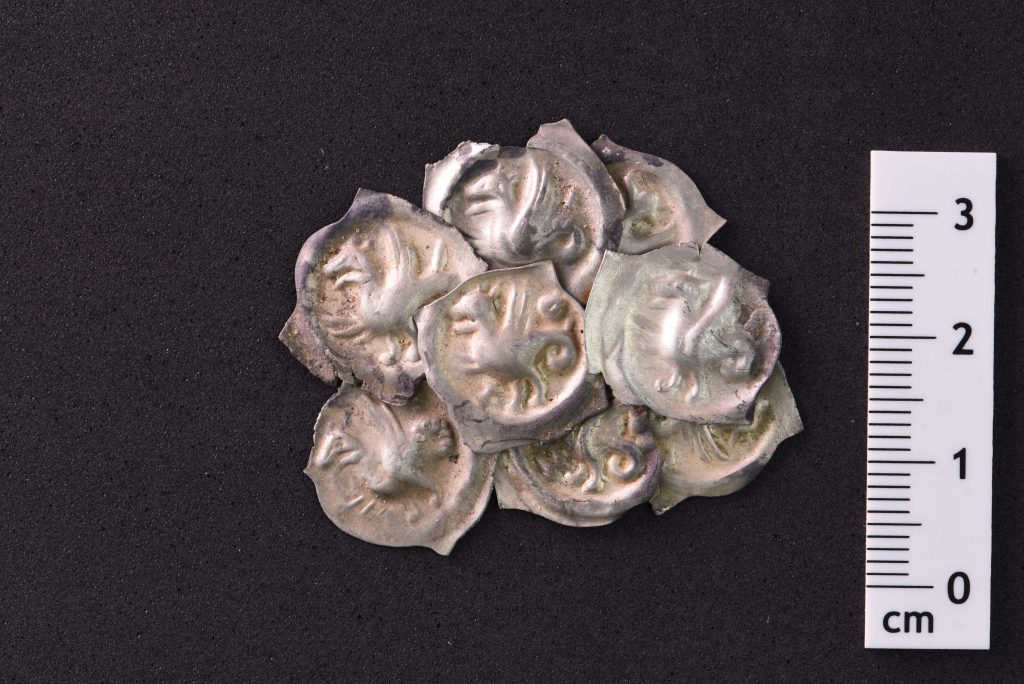
Commenting on the significance of the find, Haasis-Berner explained: ‘Analysing this coin hoard will provide information about the circulation of coins in Breisgau, the minting activity in the mints, the silver trade and also mining in the Glottertal valley.’ When asked whether the treasure was very valuable at the time, the archaeologist said: ‘You could have bought around 150 sheep with the coins.’
This wide variety of coins bears witness to the wide-ranging commerce networks and currency exchange that existed in the area in the early 14th century. Because of the wealth and power of the cities that produced them, every coin tells a tale about the political and economic environments of medieval Europe.
Officials described the artifacts as one of the largest coin treasures found in recent decades. Of course, this description is a small number compared to the more than 100,000,000 coins in Japan on 4 November 2023, some of which are more than 2000 thousand years old.
Cover Image: State Office for Monument Preservation in the Stuttgart Regional Council

